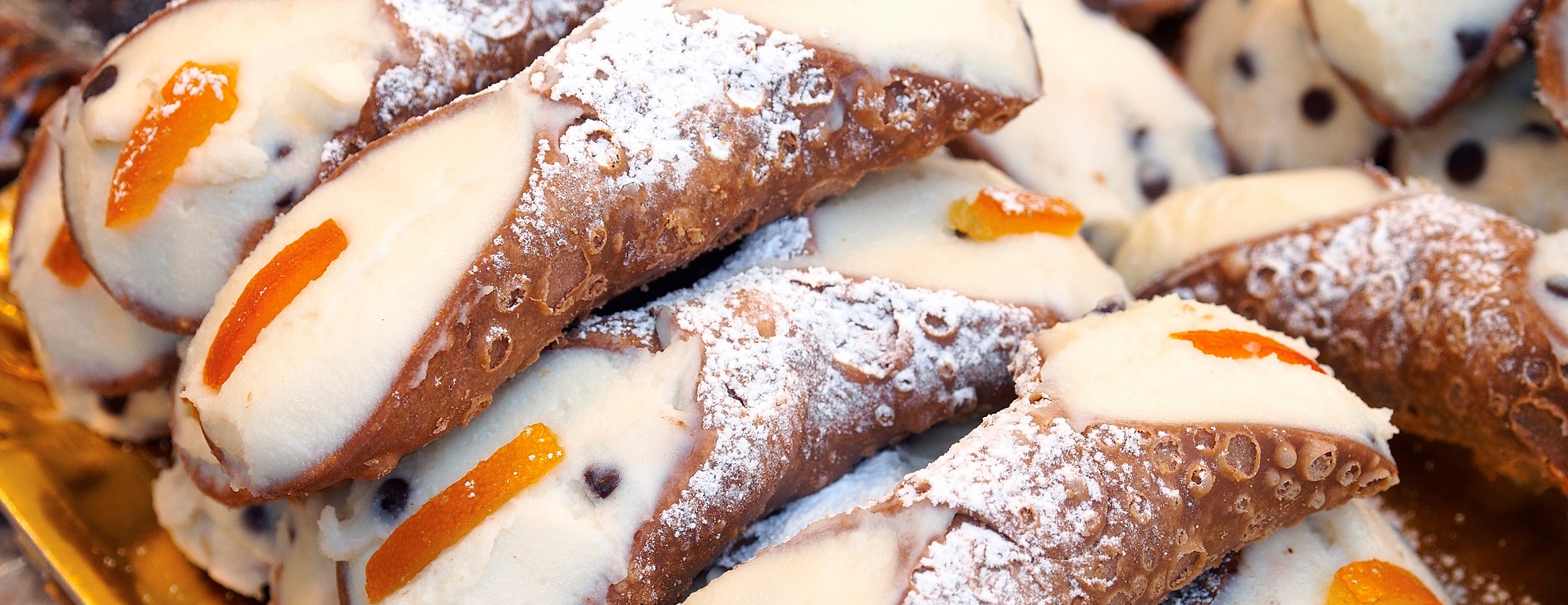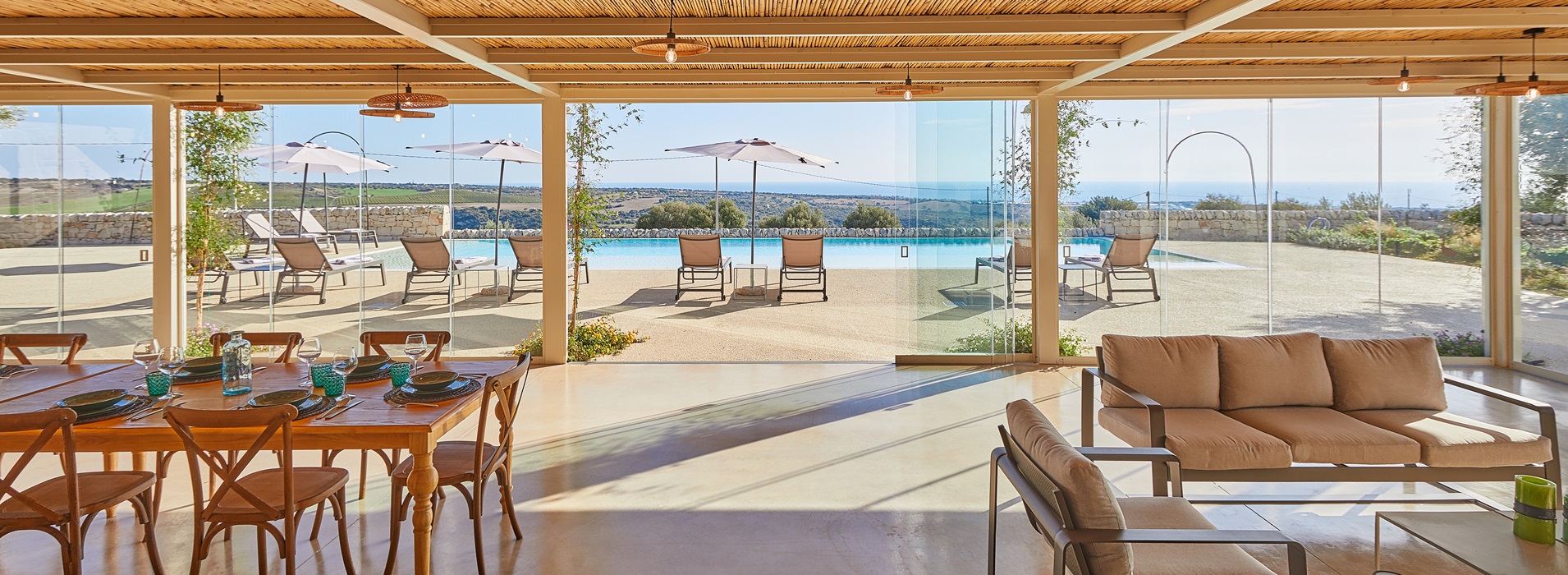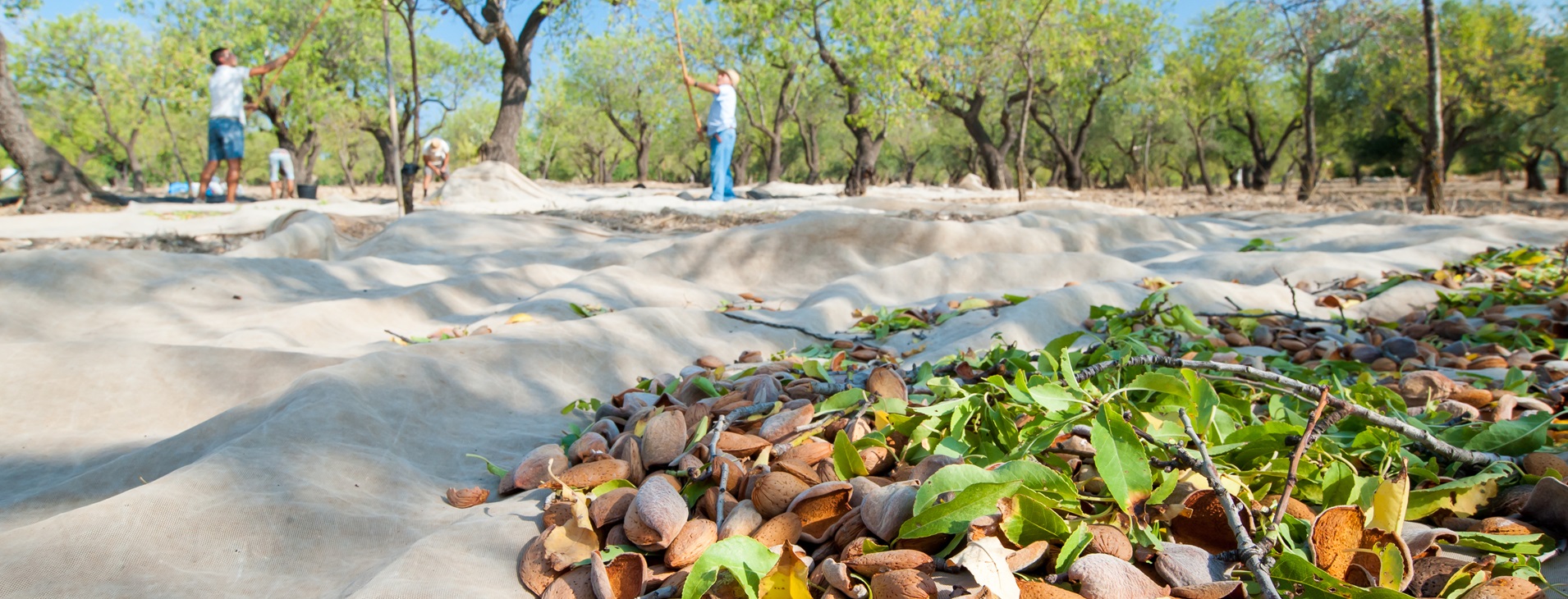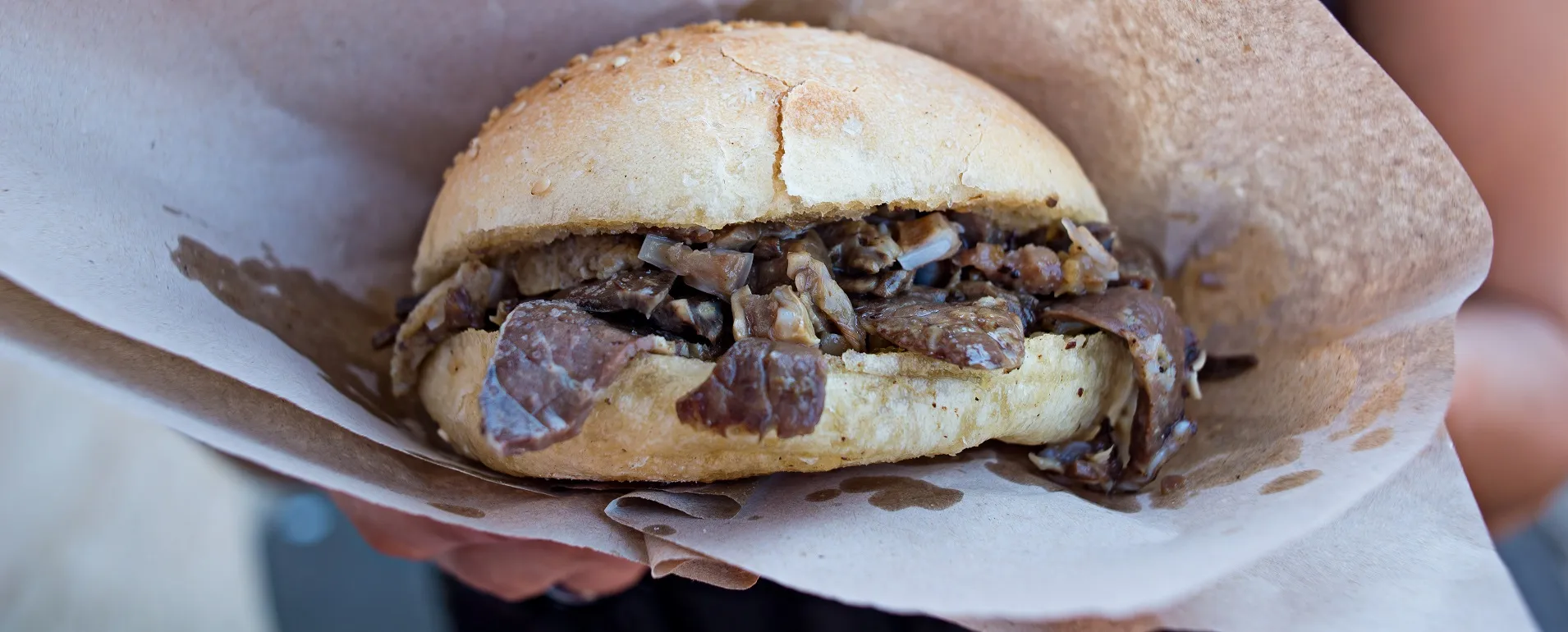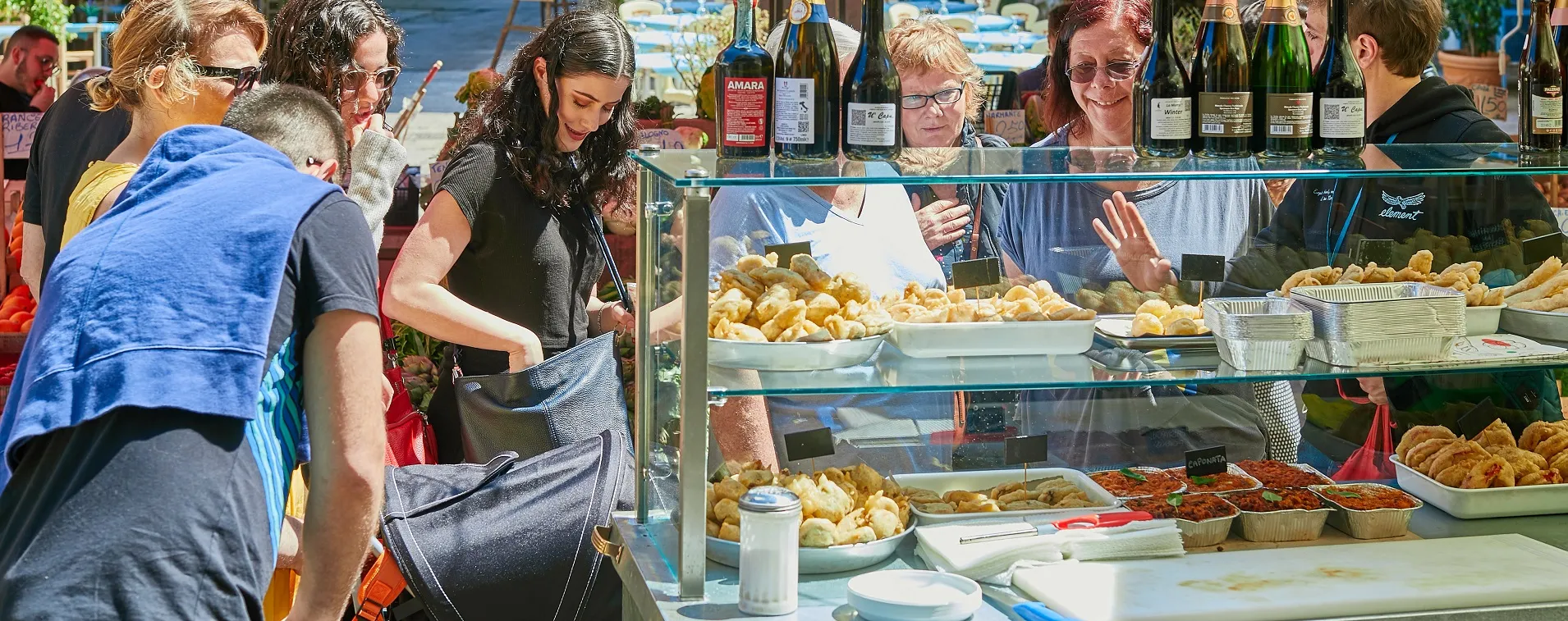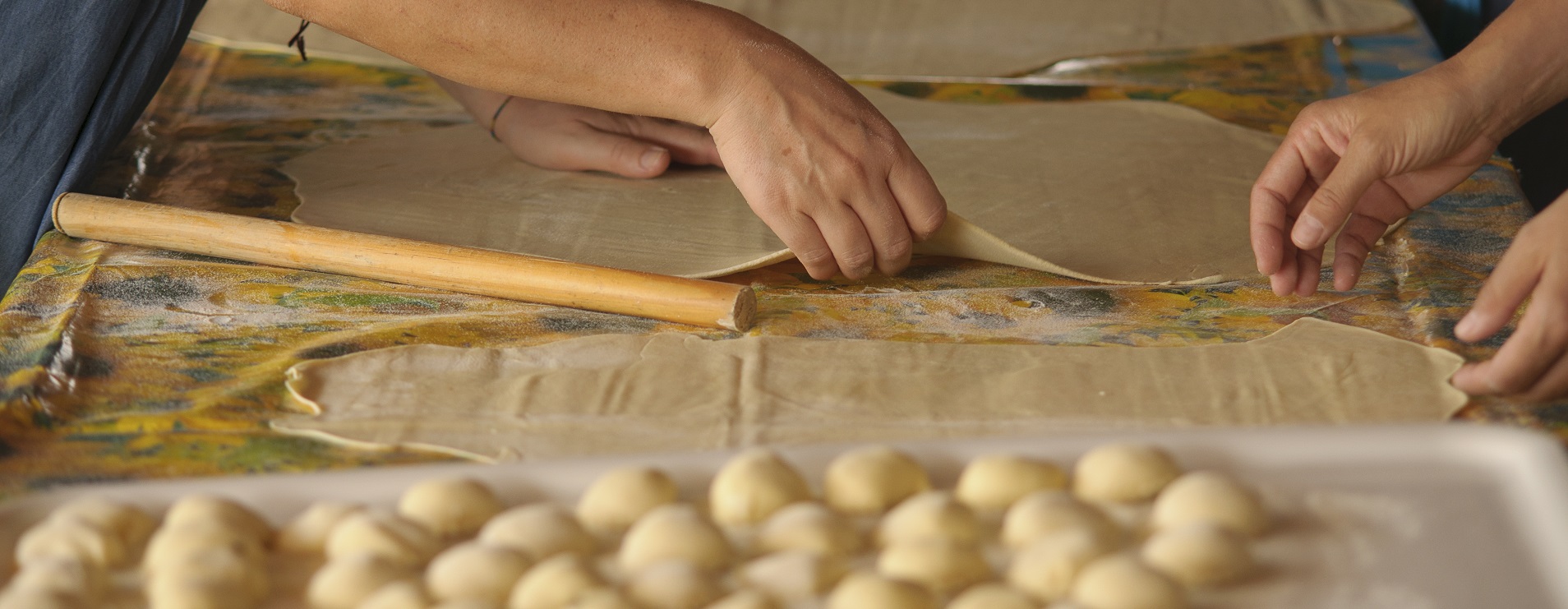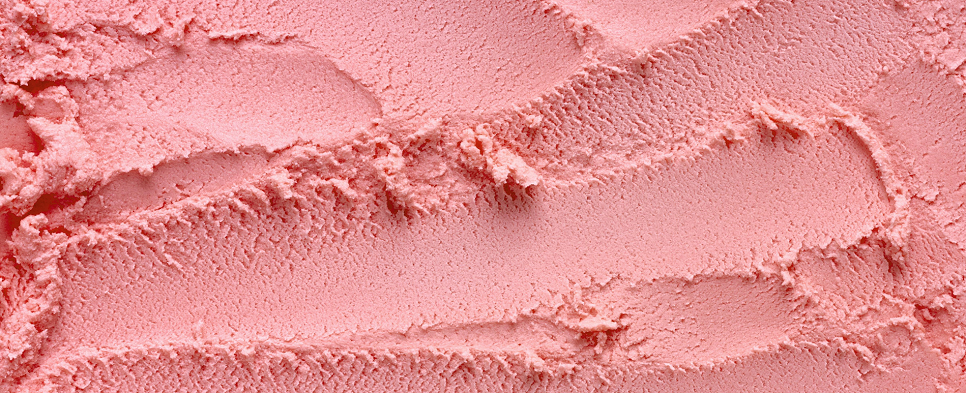Focus on Sicilian food
We’re frequently asked how Sicilian food differs from the rest of Italy and what makes our cuisine so unique. After all, we too eat pizza and pasta and demolish huge quantities of gelato! In fact every region of Italy has its own distinctive cuisine but this is particularly noticeable in Sicily where our daily diet is an extraordinary legacy of the island’s history, resulting in a dazzling combination of flavours.
Add to that a mix of ingredients that have been enriched by the Sicilian sun and our steadfast commitment to so called ‘cibo chilometri zero’, that is locally grown products, and you start to get the picture.
In order to add a bit of detail to that picture and perhaps whet your appetite for a holiday in Sicily, here’s a quick intro to Sicilian cuisine. Of course, if you stay at any of our villas, we can make arrangements for a private chef to come in and whip up a meal or two, or even take you through the ropes with a dedicated cooking lesson. Either way, it’s always useful to learn a little about the local cuisine before you hit the shops and markets.
Sweet treats
It all started with the Arabs whose conquest of Sicily lasted 75 years and who were largely responsible for our love affair with sweet treats. As well as the ice cream, granita, marzipan and candied fruits they brought with them, almonds and pistachios were introduced to the island. Cue some of our most popular desserts, including cassata, a traditional sponge cake layered with candied fruit and marzipan, and ‘cubbaita’, an almond brittle whose name derives from the Arabic word ‘quibbiat’ which means ‘with almonds’.
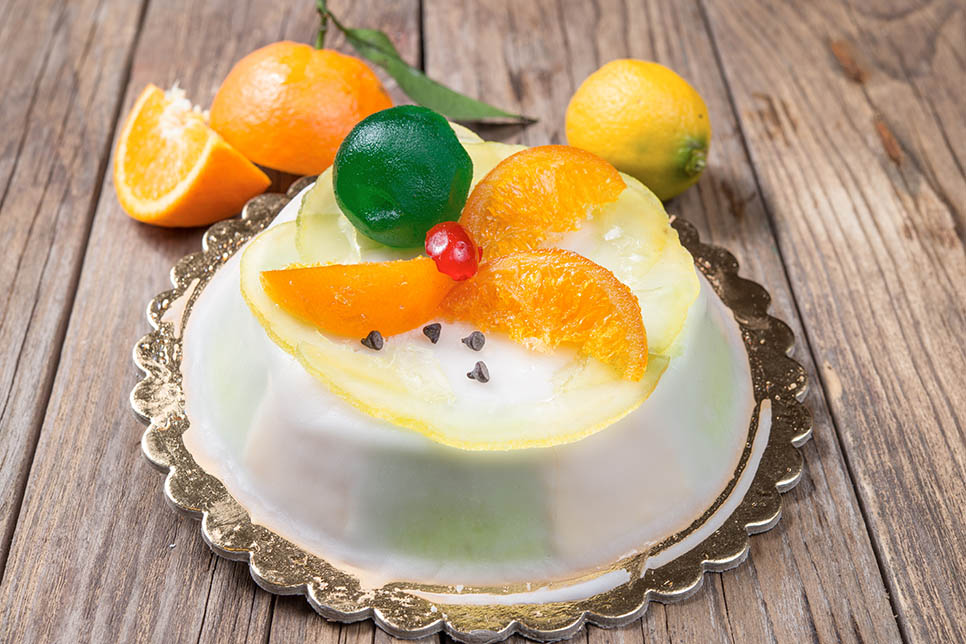
Fruity flavours
The Arabs were also responsible for the arrival of citrus fruits on Sicily and today you’ll find citrus groves with displays of bright yellow juicy lemons throughout the island. Our oranges are also superb, in particular the sweet Tarocco blood orange which grows around Catania in the east of the island. Citrus fruits are used to flavour everything from vegetables and salads to deserts – orange and almond cake is a favourite, while sliced orange with fennel is a classic Sicilian salad.
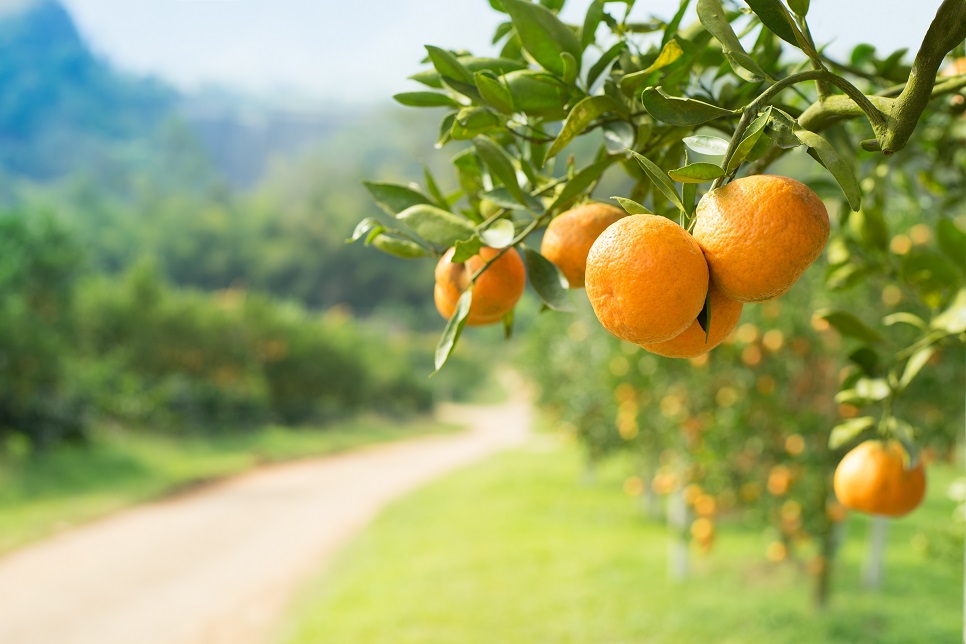
Olives
Meanwhile, olives, both black and green, have been a staple since the 6th century BC when Greek settlers brought olive trees to the island. Today, Sicily produces around 10% of Italy’s olive oil with a massive 6 DOP olive oil producing areas.
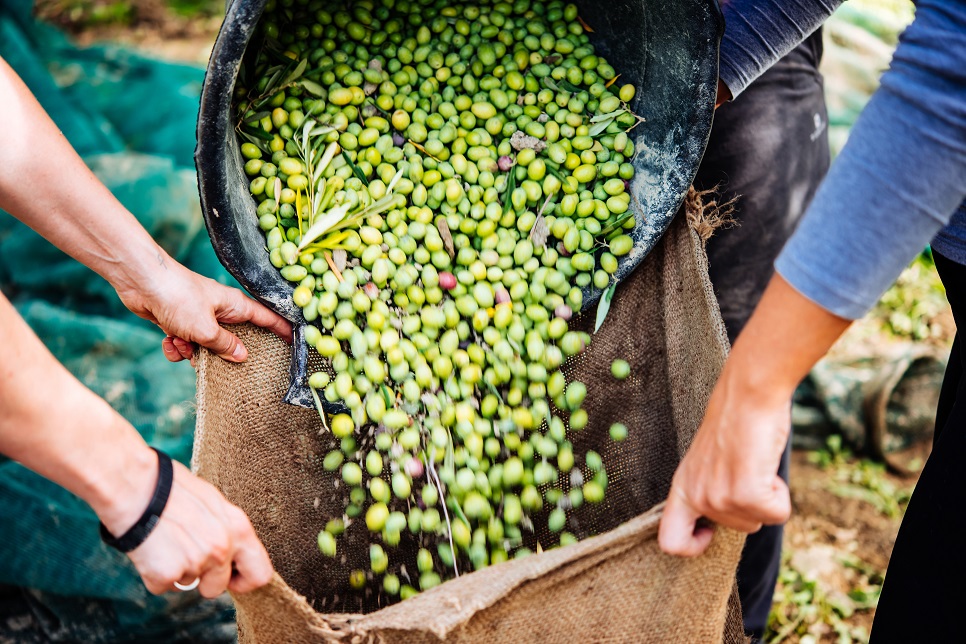
Sicilian capers
While the best capers in the world are said to come from the Sicilian island of Pantelleria, they also spring up in every available nook and cranny on the Aeolian island of Salina. In fact, in 2020, the Salina caper was awarded PDO status. Believed to promote digestion and strengthen the immune system, they find their way into numerous pasta, meat and fish dishes.
A touch of spice
Again, many of the typical spices and herbs found in Sicilian dishes are a reminder of the island’s history. The Arabs brought in aniseed and cinnamon, while chillies, sweet peppers and tomatoes arrived via the Spanish. In fact, spices, herbs and aromatic plants grow all over the island so it makes perfect sense to use them in cooking. A big favourite is the use of wild fennel, a staple in the traditional ‘pasta con le sarde’.
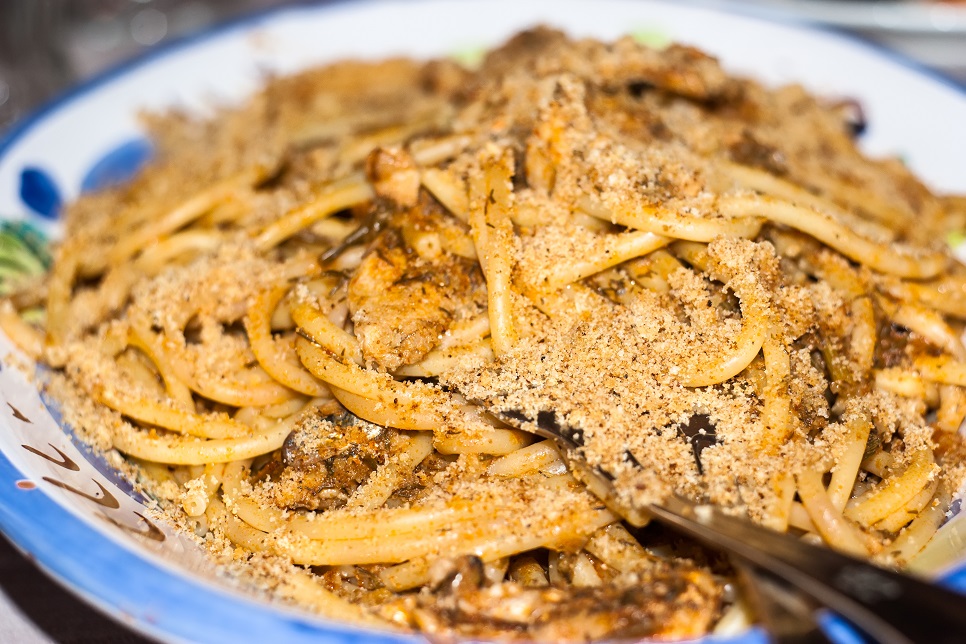
Sweet and sour flavours
The traditional combination of sour (‘agro’) and sweet (‘dolce’) also illustrates the heavy Arabic influence. The sauce, made from vinegar, wine, sugar and fruit, is used in a variety of dishes such as ‘Caponata’ or ‘peperonata agrodolce’, often accompanied by a mix of raisins and pine nuts, and with meat, chicken and tuna.
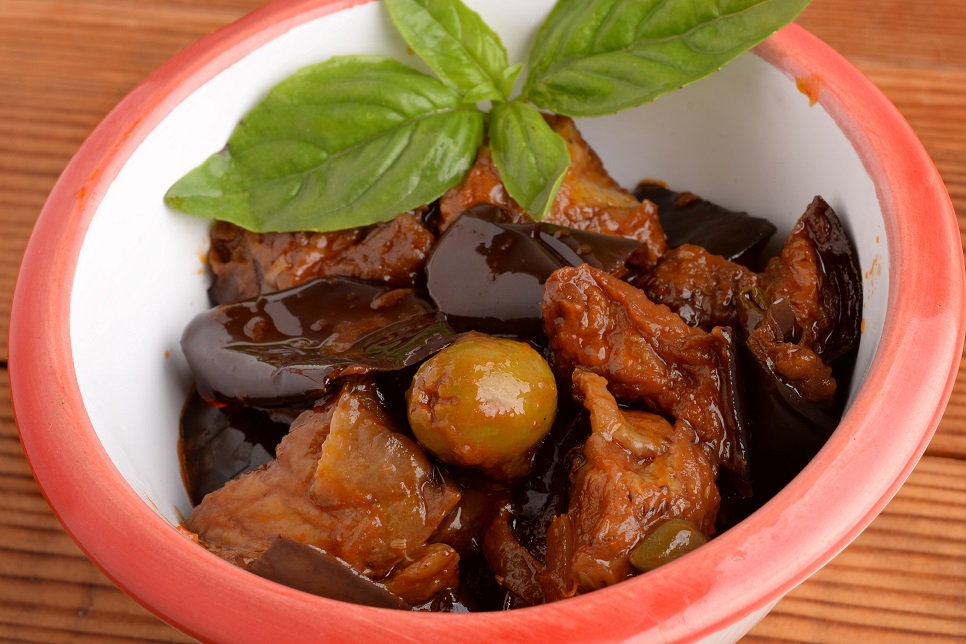
Creamy ricotta
Ricotta cheese is produced in many Italian regions but it is ‘ricotta di pecora’ or sheep’s milk ricotta, that is typically Sicilian. More fragrant and with a lighter texture but slightly richer flavour than the cows’ milk version, the creamy white curd is popular in both savoury and sweet dishes such as mouth-watering cannoli and cassata, often spotted with chunks of chocolate, candied fruits and nuts.
Not to be confused with fresh ricotta, ‘ricotta salata’ is dry and crumbly and is the irreplaceable ingredient in the island’s iconic ‘pasta alla norma’ – a lip-smacking combination of rigatoni pasta, aubergine, tomato, basil and ricotta.
Want to learn more about Sicilian food and its history? Take a look at our Cooking and Culture in Sicily experience, a week long programme of cooking classes, excursions, market visits and fun at Pizzo dell’Ovo (minimum 10 guests).
